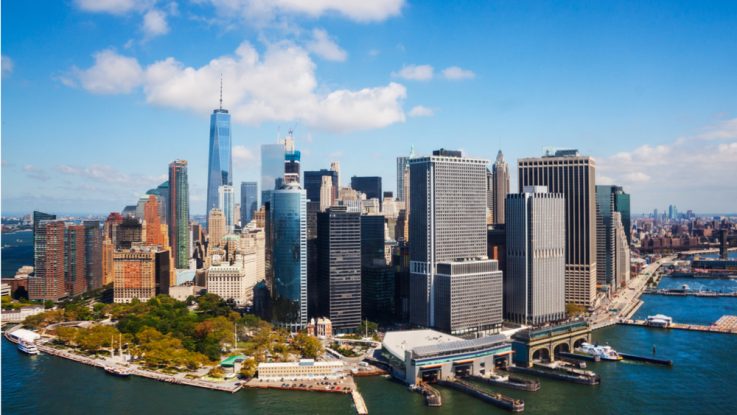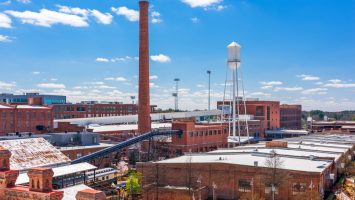
New York City recently announced a $500M resiliency plan to help safeguard Lower Manhattan from the impacts of climate change – including measures to bolster flood protection, such as flood walls and deployable flip-up barriers to protect the neighborhoods from storm surges, and the expansion and reinforcement of coastal areas.
The Lower Manhattan Coastal Resiliency (LMCR) study projects that by the 2050’s, 37% of properties in Lower Manhattan will be at risk from storm surge. By 2100, with over six feet of projected sea level rise, almost half of properties will be at risk from surge, and one fifth of Lower Manhattan streets will be exposed to daily tidal inundation. Groundwater table rise is projected to put 7% of buildings at risk of destabilization and expose 39% of streets with underground utilities to corrosion and water infiltration.
The study examined a range of options for protecting all of Lower Manhattan, which presents unique challenges – including low-lying topography, a lack of available space, dense infrastructure above and below ground, an active waterfront and the proximity of major subway tunnels. These challenges mean that more traditional on-land flood protection measures are not feasible, leading the study to advise extending the shoreline into the East River as the only feasible way to protect these vulnerable and vital parts of the city.
“Building resilience requires a forward-looking vision for the future,” added Corinne LeTourneau, managing director for North America at 100 Resilient Cities, pioneered by the Rockefeller Foundation “New York City is taking the important step to not only understand the shocks and stresses to which its communities are exposed today, but also explore bold ideas to tackle challenges the city will face by the end of this century.”


